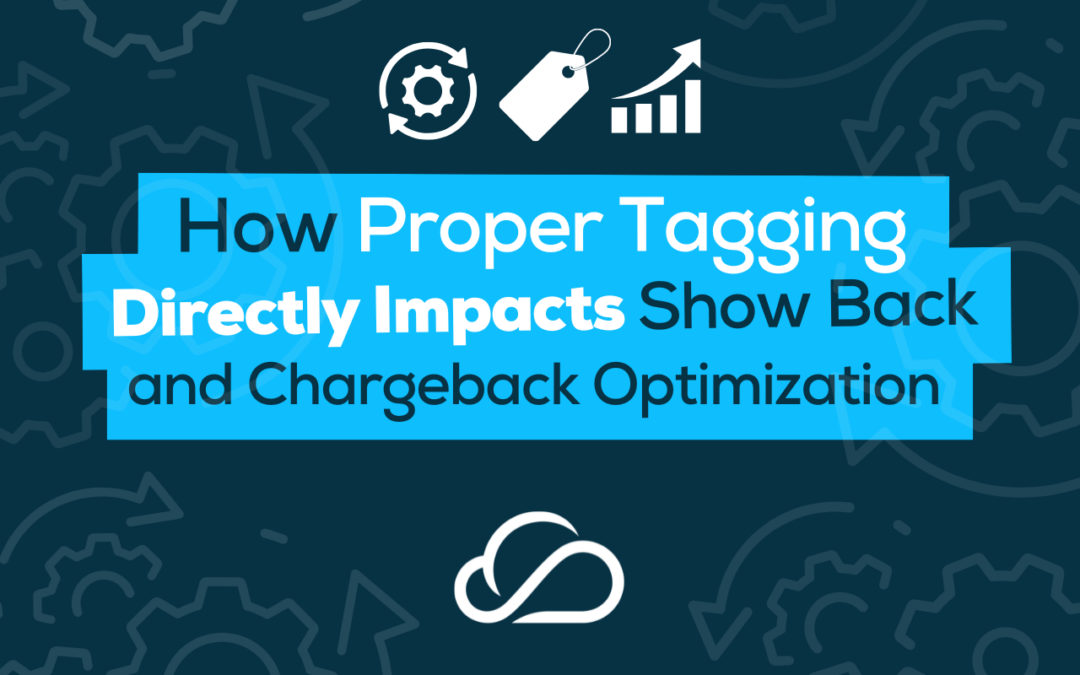Proper cost allocation is essential for accurate and optimized cloud spend. However, it takes a certain level of visibility and management to allocate cloud costs properly and create a system where resources are not overspent or underspent—that’s where a tag management system comes in.
Cost allocation can also help you make more informed and intelligent decisions within your cloud environment. If you are looking for stronger cost allocation opportunities, choosing between a show back and chargeback model could bring a whole new level of visibility, forecasting, and reporting. However, you need to have a robust tagging system to achieve this.
What Are Show Backs?
Show backs are a cost allocation model that helps inform the organization’s cloud consumers about the cost of a product or activity without directly billing them.
Utilizing the show backs model, you can increase accountability within your team as individual and team performance is more visible and can show if they are following the proper spending policies. This in-depth reporting allows for increased visibility to show what is being used, by whom, and for how much. Show backs help departments become more aware of their cloud spend.
What Are Chargebacks?
Chargebacks provide very similar data as show backs, but they actively bill the department based on their actual usage.
This active role in cost allocation helps promote the financial accountability on which FinOps is based. With this direct approach, individuals and departments are immediately impacted by their spending. However, like show backs, proper tagging must be completed to have a comprehensive view of cloud spending while ensuring that resources are not missed.
Understand Where the Costs Come From
Throughout your cloud usage, you are going to incur multiple types of costs. Each type brings its own tagging challenges, so it is essential to understand where the costs are coming from so you can implement the proper tagging strategies.
Direct Costs
Just as it sounds, a direct cost is the charge of a resource to the business unit that is responsible for it. It is the most common form of cost allocation.
Indirect Costs
Indirect costs are not directly associated with a business unit or cost center, making them challenging to tag properly. This could include transfer costs, support plan costs, or subscription costs. Indirect costs are usually the costs of doing business in the cloud.
Shared Costs
When one or more business units share a resource, it is considered to be a shared cost. When it comes to this type of cost allocation, a robust tagging strategy is necessary in order to split and allocate the costs among multiple units correctly.
Adjustable Costs
There are some costs that require adjustments by accounting. Even after they are properly allocated, accounting might choose to adjust them to better align with tax and accounting needs. These costs will need to be tagged appropriately at the time of deployment.
How Tagging Can Impact Show Backs and Chargebacks
For proper cost allocation within your cloud infrastructure, you must have robust tagging strategies in place throughout your departments. Tagging gives you greater visibility into what is being spent and by whom, and with this data, you can properly charge the right individuals and departments.
Additionally, comprehensive tagging provides more in-depth data collection about possible cost allocation issues, enabling you to adapt and implement better forecasting and budgeting.
Businesses can choose between a show back or chargeback model depending on how they wish to pursue their cost savings and allocation measures. However, the right tagging procedures are necessary for each model, ensuring that resources are properly reported, distributed, and charged. Without a strong tag management system, both models will provide less accurate data and lead to overspending.
Choose a Proper Tag Management System
Cost allocation is an essential aspect of FinOps and cloud cost management, but it can not be done without a proper tag management system. Whether you choose a show back or a chargeback model, tagging is directly involved with both.
FinOps Oversight’s Tag Manager provides a customizable dashboard, tag explorer query engine, batch processing, tag intelligence, and much more to help ensure that your tags are managed just as your business needs them. With this manager, it is easy to create, edit, and delete tags while implementing proper tagging strategies across multiple departments.
Tagging has a direct impact on the show back and chargeback cost allocation models. If you want to effectively utilize either of those models within your departments, you must have the tagging strategies to back it up. If you have further questions or wish to implement our Tag Manager, contact the team at FinOps Oversight.

